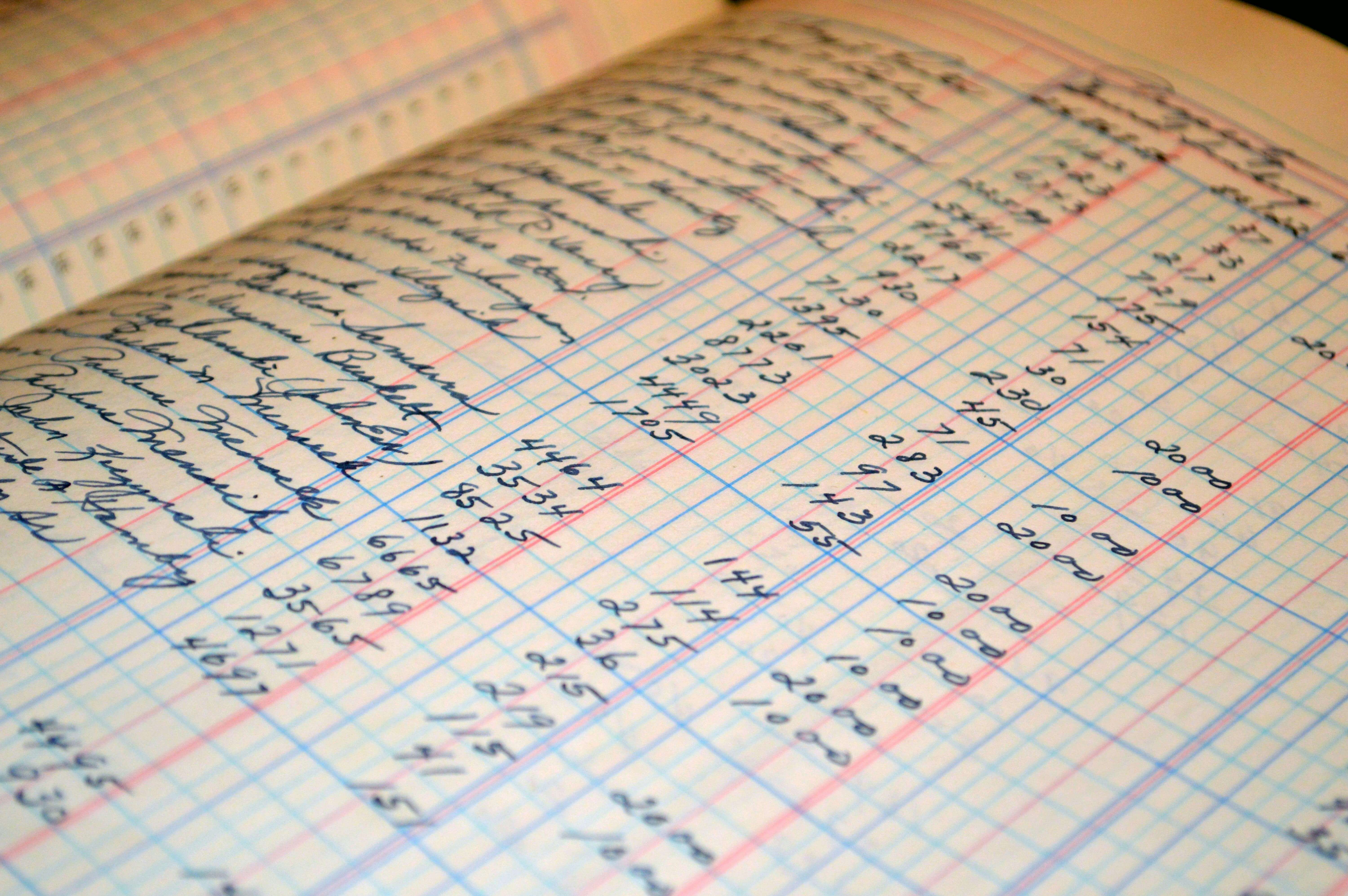Insolvency happens when your company can no longer pay its debts on time, or when what you owe is greater than what you own. For directors, knowing how to spot this tipping point is vital. Trading while insolvent can expose you to personal risk, so acting early gives you more control and more options.
There are two main ways insolvency is tested in the UK: the cash-flow test and the balance-sheet test. Both are recognised by law and used by insolvency practitioners, creditors and courts. The good news is you don’t need to be an accountant to run these checks yourself.
The cash-flow test
This is the simplest test and often the clearest day-to-day sign of financial trouble. It asks one straightforward question: Can the company pay its debts as they fall due?
How to apply the cash-flow test
- List your upcoming commitments
Write down all the bills, loan repayments, wages, rent, HMRC payments and supplier invoices that are due over the next 30–90 days. - Check available cash and credit
Look at your bank balance, overdraft facilities, and any credit you know you can draw on immediately. - Match the two
Compare what’s due against what you can realistically pay. - Project ahead
If covering one debt means you can’t pay another, or if you’re constantly waiting for incoming payments before paying out, your company may already be insolvent.
A red flag is if HMRC arrears or supplier debts are building up while you juggle payments. Even if cash is expected later the test looks at debts as they fall due, not when you hope to pay them.
The balance-sheet test
This test looks at the bigger picture. It asks: Are the company’s liabilities greater than its assets?
How to apply the balance-sheet test
- Gather your figures
You’ll need your latest management accounts or at least a recent list of assets and liabilities. - Value your assets
Include cash, stock, property, equipment and money owed to the business. Be realistic: could you actually sell those assets for the value you’ve listed, and within a reasonable time? - List all liabilities
Add up bank loans (including a Bounce Back Loan if you have one), supplier invoices, tax arrears, staff wages and any other debts. Include contingent liabilities, like guarantees or product warranties, if they’re likely to be called upon. - Compare the totals
If liabilities outweigh assets, the company is balance-sheet insolvent.
This test can be trickier, as asset values aren’t always clear-cut. For example, old equipment or slow-moving stock might not be worth what’s written in the accounts. That’s why directors often need professional help to make a fair assessment.
Why identifying insolvency matters
You have director’s duties when you’re in charge of a limited company. Once you know the company is insolvent, your responsibility is to protect the interests of your creditors. This means you must avoid taking on new debts you can’t repay and consider seeking professional advice about next steps such as restructuring or liquidation.
Spotting insolvency early means that financial distress doesn’t have to be the end of the road. Sometimes it’s a warning that you need to restructure or negotiate with creditors. But if you carry on trading without recognising the signs, you risk being accused of wrongful trading or even being made personally liable for company debts.
Warning signs you shouldn’t ignore
Even before you run the tests, there are common signs that insolvency may be close:
- Relying on payment from one big customer to cover routine bills
- Struggling to meet PAYE, VAT or Corporation Tax deadlines
- Increasing reliance on overdrafts or short-term loans
- Pressure from creditors, such as a statutory demand or county court judgment (CCJ)
- Falling behind on wages or pension contributions
If these are happening, your business may already be insolvent or on the edge of insolvency.
What to do if you suspect insolvency
Running the cash-flow and balance-sheet tests gives you a clearer picture. If either test suggests your company is insolvent, the safest step is to seek immediate professional advice from a licensed insolvency practitioner.
They can confirm the position, explain your legal duties and outline the options, whether that’s restructuring, seeking protection from creditors or placing the company into liquidation.
Acting early means:
- You’re less likely to be personally liable for debts
- Creditors are more open to negotiating repayment terms
- You may still be able to rescue the business or parts of it
- You stay compliant with your duties as a director
Key takeaways: identifying insolvency
You can identify insolvency by applying the cash-flow and balance-sheet tests:
- If your company can’t pay debts as they fall due, it’s cash-flow insolvent
- If your liabilities outweigh your assets, it’s balance-sheet insolvent
Running these tests yourself gives you a practical way to spot problems before they escalate. If the numbers don’t add up, don’t ignore them. Get professional guidance quickly and you’ll have more options, whether that’s saving the business or closing it safely.
Call our experts for free, confidential advice on your situation.




